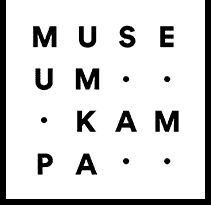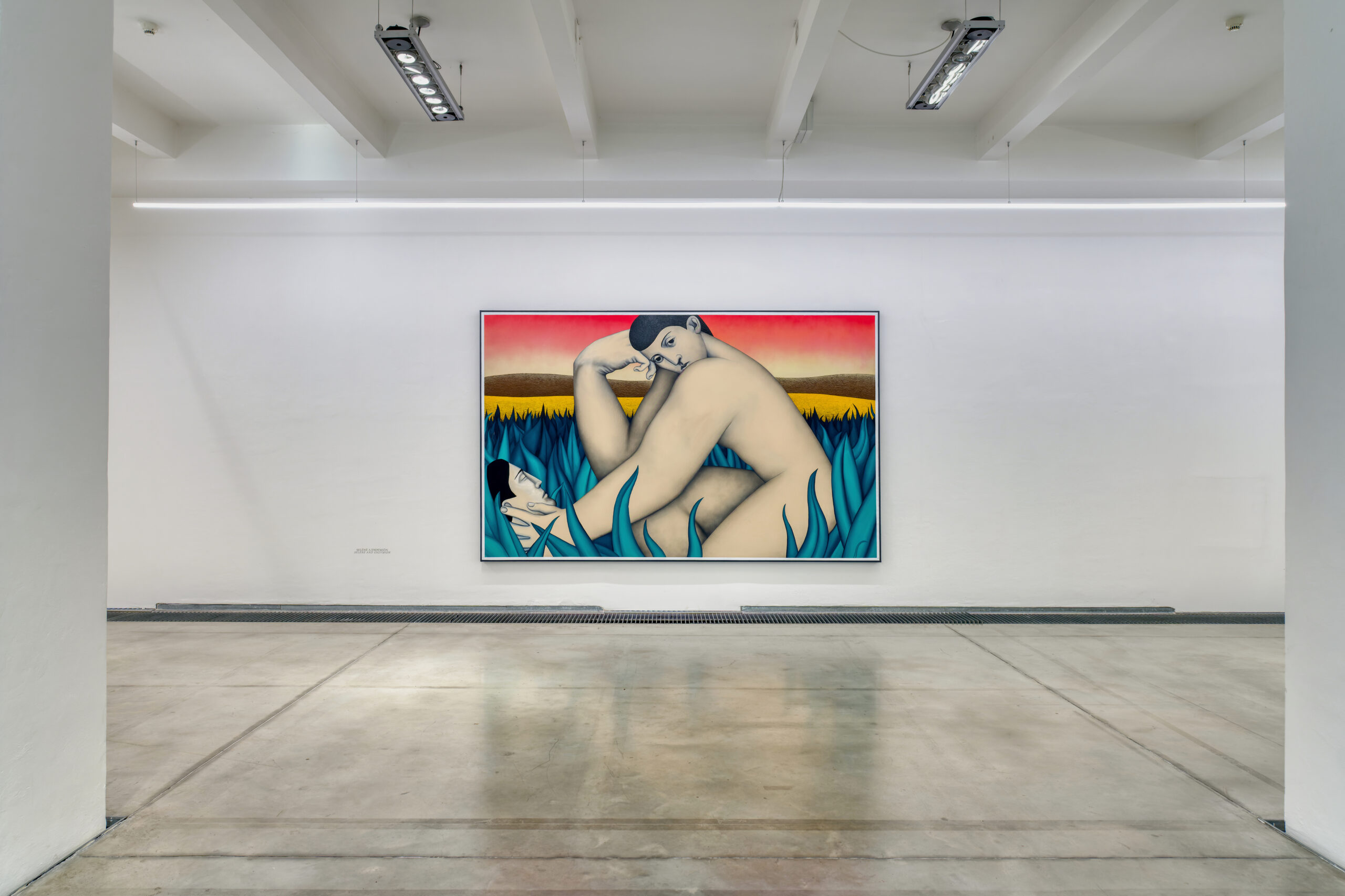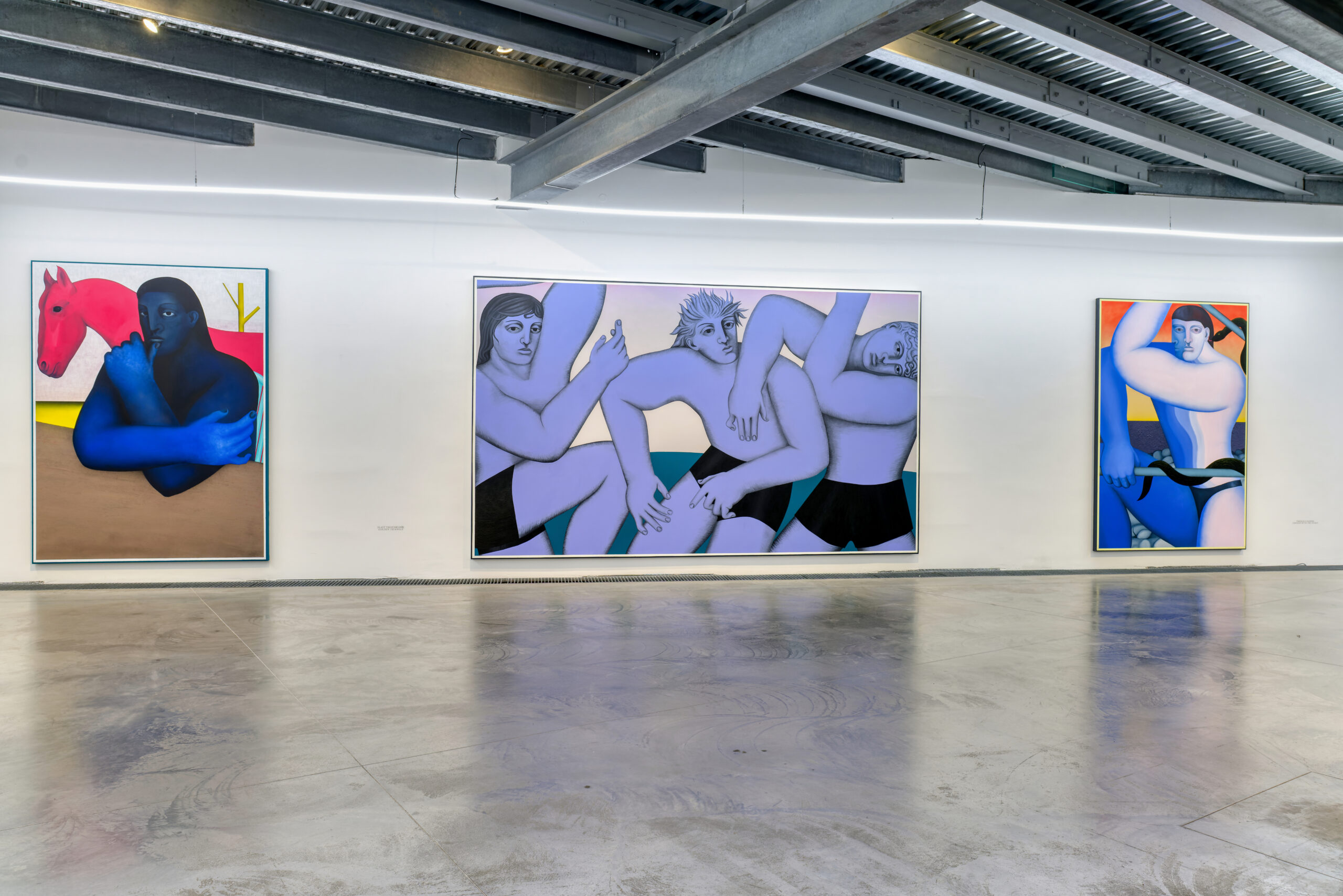If our destinies are predetermined, what place does that leave for free will? For luck? For chance? Vojtěch Kovařík confronts the issue in his paintings – and with the current exhibition at Museum Kampa, he steps into the third dimension: the smooth surface of his paintings are accompanied by reliefs and sculptures, with the artist’s path leading from lines that divide the canvas to sculptural works.
The themes in this exhibition are universal, touching on the very foundations of Euro-American civilization. Even today in the third millennium, ancient myths, gods and goddesses, Titans, heroes and heroines are all still relevant, their robust forms exceeding the monumental format of the paintings. We may see them as archetypes, whose stories and actions have served since time immemorial to mark the limits and possibilities of our own passage through life and search for meaning.
These oversized heroes are megalopsychoi, the great-souled men, the first individualities. Perhaps that is why we may only catch a glimpse of them through the window frame of the canvas, not in their entirety. Sisyphus sinks under the weight of his actions. The parting lovers Eros and Psyche suffer the burden of predestination. The labours of Heracles speak to the fulfilment of destiny, the first of these being to train the Nemean lion. Just as Zeus’s son made himself invulnerable wrapped in his lion skin, so too does the painter face more and more challenges that seem impossible to overcome. The reduced setting of the paintings consists of a stylized interior and Mediterranean landscape, fertile and arid, dusk or dawn, inlets, deserts, and oases.
The artist’s approach is authentic: a unique syncresis of the influences of antiquity, modernity, and the digital present. In the fifteen centuries since the fall of Rome, there have been several periods, Renaissance and Classicist, that have drawn on antiquity. We can see here the monumental morphology of Picasso and forms of the Mexican muralists Diego Rivera and José Clemente Orozco. Kovařík does not hide his admiration for late 20th-century German Expressionism, or for the work of Georg Baselitz and Markus Lüpertz. He is also fascinated by new discoveries in Pompeii, such as the remarkable ‘black room’. The present is conveyed in web-design gradients, gradually transitioning from one colour to another. The figures assume frozen statuesque postures, emphasized by the profile contour of their faces. The artist renders their limbs in various manners – an embrace, a gesture of introspection, a brutal fight – as matter that can be transformed to the maximum, without regard for anatomical factors.
Born in Valašské Meziříčí (*1993), Vojtěch Kovařík now lives and works in Brno and Rožnov pod Radhoštěm. He studied drawing in the Faculty of Fine Arts at the University of Ostrava and painting at the Academy of Fine Art in Warsaw, and received his training in sculpture at the Secondary School of Applied Arts in Uherské Hradiště. In 2019, Kovařík won the Critic’s Prize for Young Painting. Since then, he has exhibited extensively abroad, and his works are currently being exhibited at The Power Station in Dallas, Texas. Over the last five years, his paintings have established themselves on the world art market.


